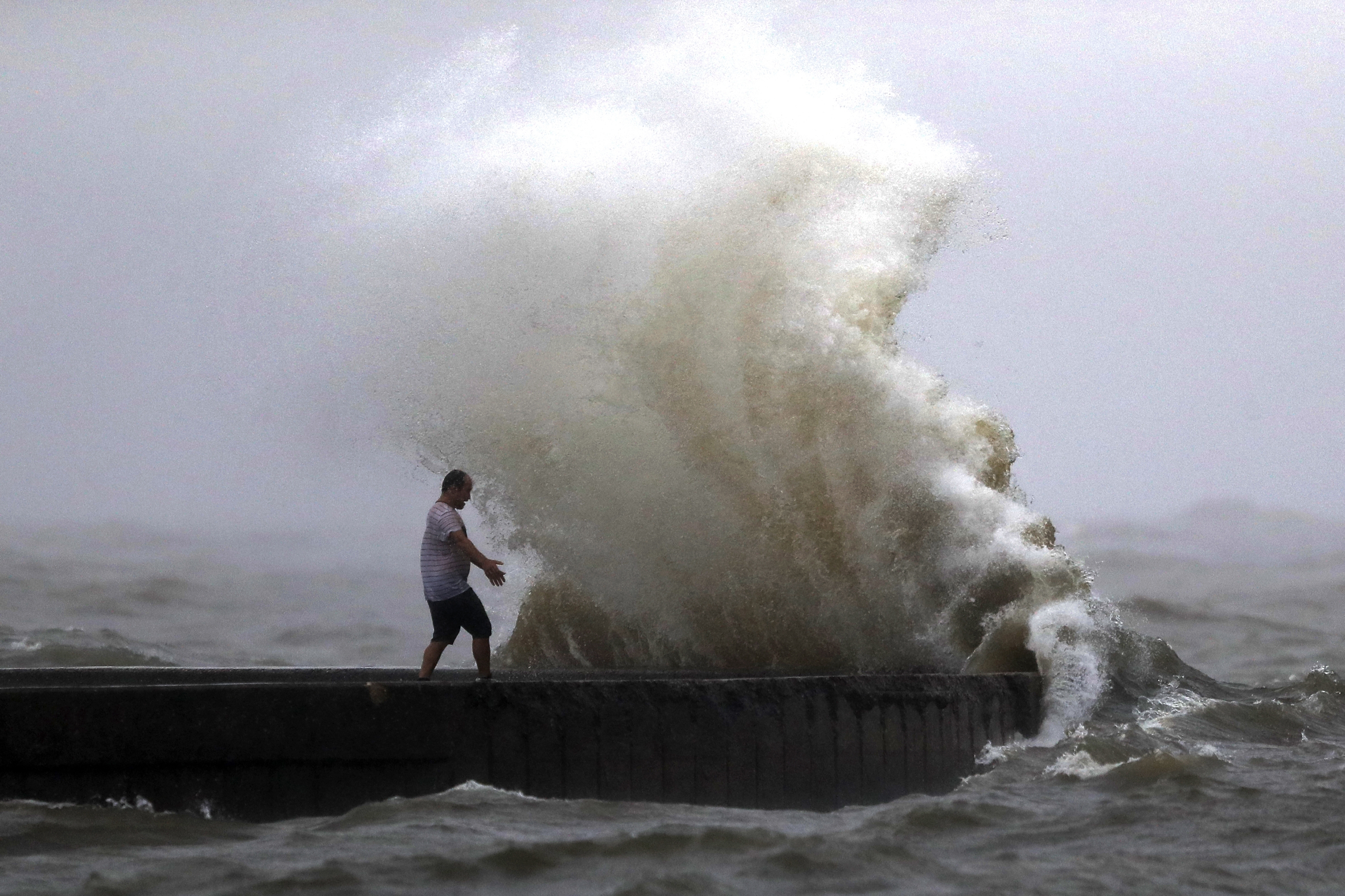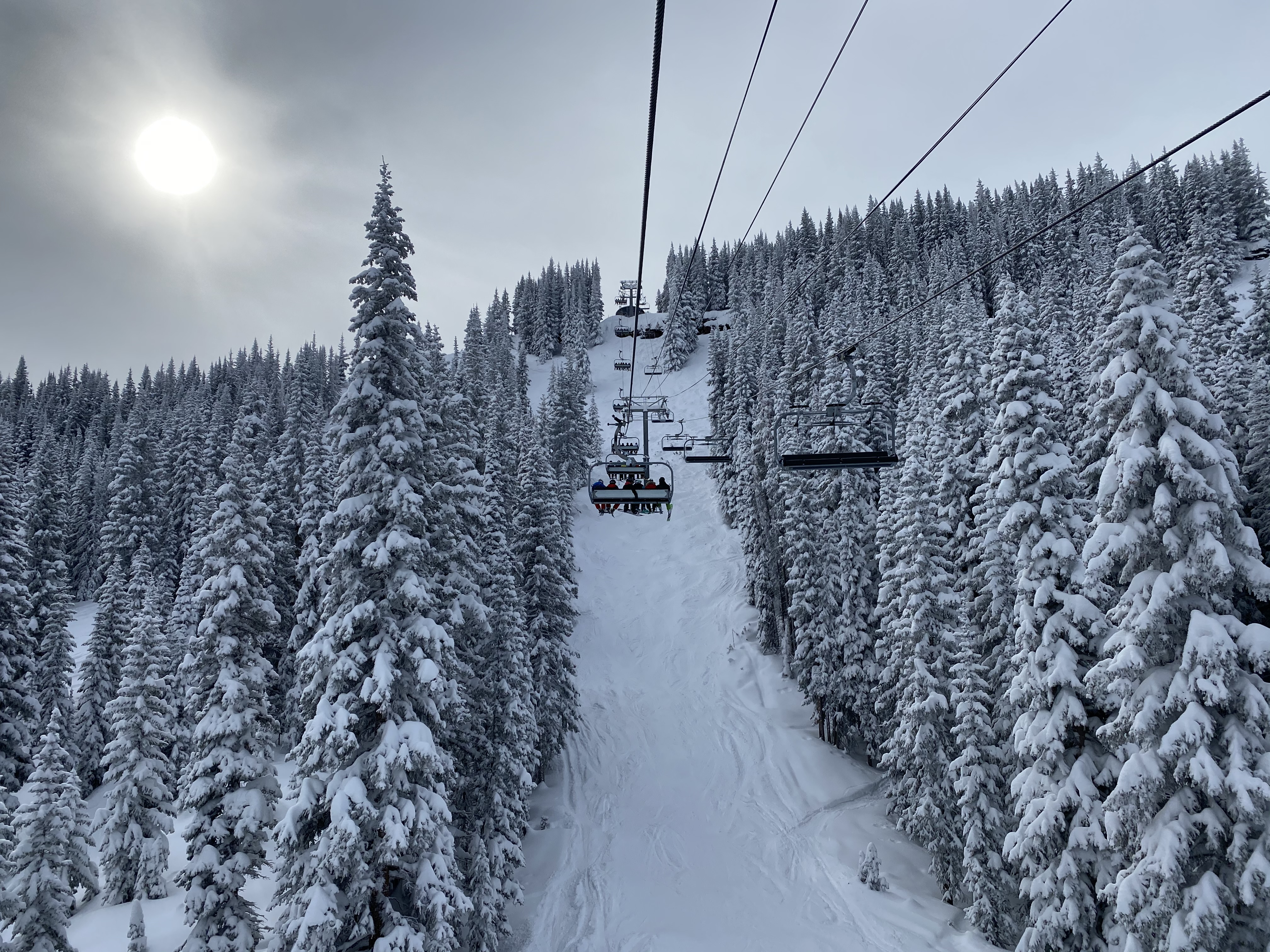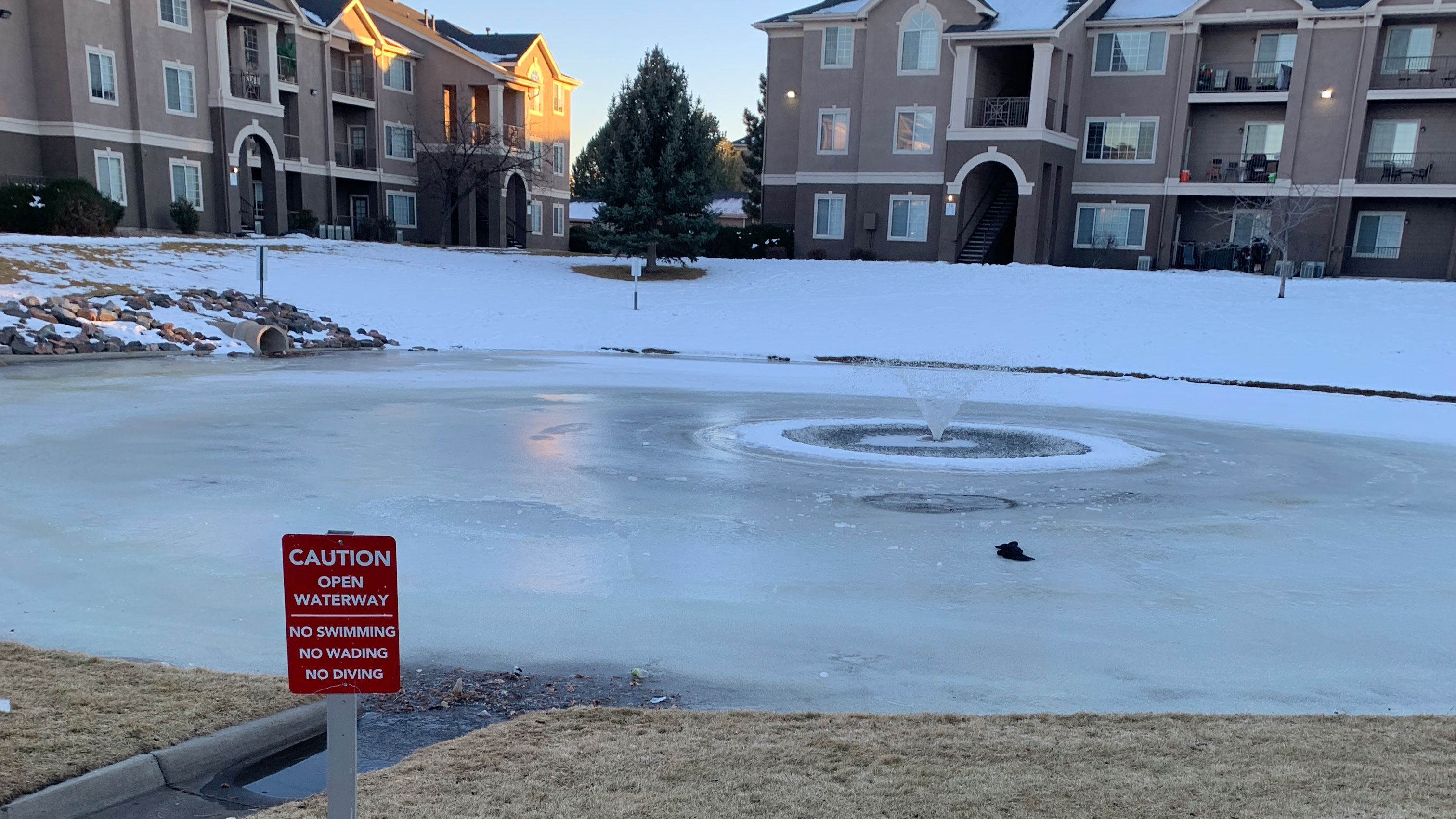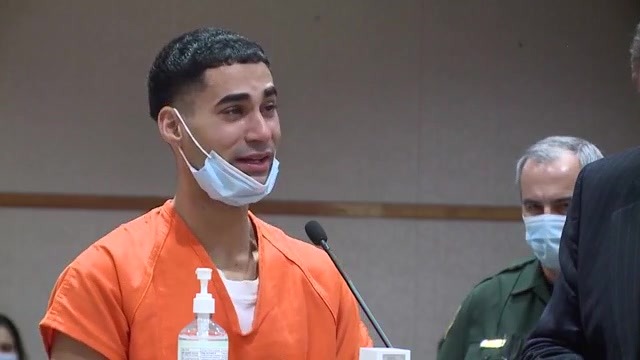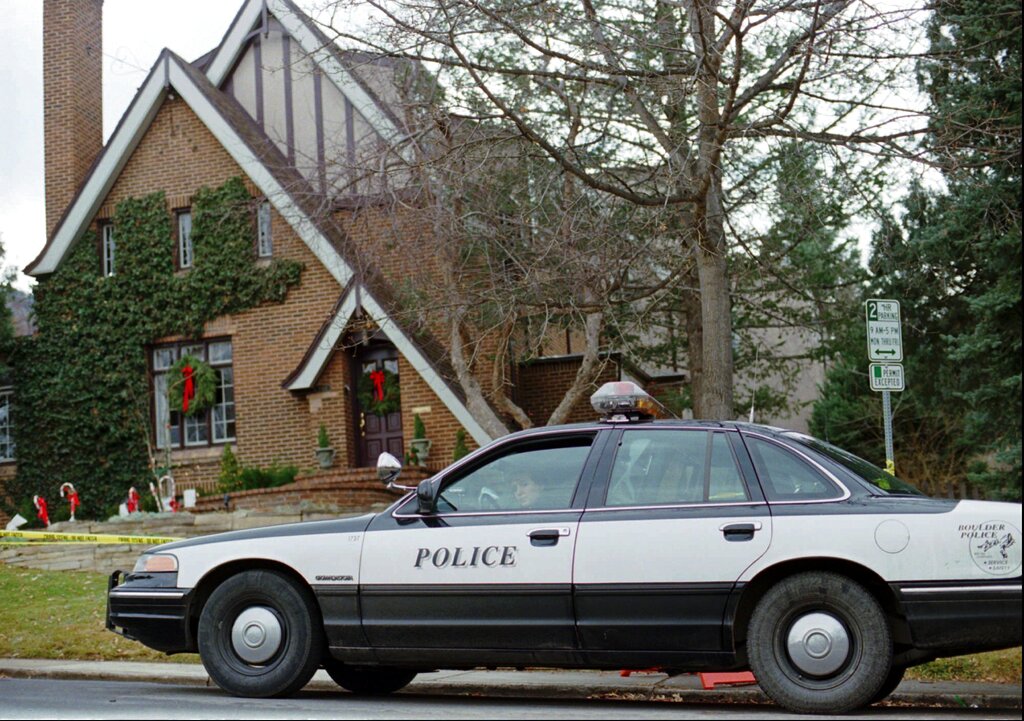DARE COUNTY, N.C. (WAVY) — Dare County officials are looking for the best way to help fund a beach nourishment project for Rodanthe, where several homes collapsed into the Atlantic Ocean last year.
The county held a public meeting on Wednesday night on the issue, with many locals coming to share their thoughts. Officials say erosion has accelerated in Rodanthe in recent years, and a fresh barrier of sand is needed to protect the village from the ocean and maintain access to other areas of Hatteras Island.
Dare County Manager Bobby Outten spoke at length and said the county’s looking to procure an injection of state or federal funding as they await an engineering study to see how much the project over an estimated area of 2.25 miles would cost. Outten floated a possible figure of $30 million for the project, which would include $20 million for construction costs and at least two cycles of maintenance nourishment (each about 5 years), with “cushion” built in for a bad weather season.

The study is expected to be complete in about two months, and it would take about two to three years after the funding is available and the project is approved for the nourishment, the county says.
The county currently funds beach nourishment on about five-year cycles for other areas such as Kitty Hawk and Nags Head with an occupancy tax, with 2% of the 6% tax going toward beach nourishment. The tax generated $14.6 million in fiscal year 2021 and $15.7 million in fiscal year 2022.
Watch the full meeting below
Rodanthe wasn’t included in the model because the North Carolina Department of Transportation used to be in charge of nourishment in the area, the county says. When the Rodanthe Bridge opened, NCDOT stopped nourishment in the area.
Outten said Tuesday that the tax base is too small in Rodanthe to make up the funds needed, and taking funding away from other towns means they won’t get needed future nourishment.
The county has not had luck in the past getting federal assistance for beach nourishment. Outten said other towns such as Wrightsville Beach have been able to secure federal funding in appropriations bills “a couple of times” in Congress in the past, but that funding source isn’t consistent and can expire.
“We’re not going to get in a federal project like that,” Outten said.
He says requests though have been sent out to the Park Service, which controls the surrounding area, but issues can arise in getting that funding.
“The issue there [competition] for funds for beach nourishment in Rodanthe against funds for every other park in the United States at some level … we don’t now how that prioritization is going to occur in the Department of Interior,” Outten said.
At the state level, North Carolina hasn’t funded beach nourishment projects outside of occasional small grants. Outten said he and similar local officials along the North Carolina coast have been working with the legislature “for a while” to create a fund, but have run into roadblocks.
He said county commissioners haven’t been to Raleigh in about 5 to 6 years, but talks have ramped up recently and he believes the local coastal delegation is on board.
“We don’t know where that’s going to stack up in the priorities of the state, but nonetheless we think we have their support … so we’re working that angle too considerably.”
Residents who spoke at the meeting emphasized that erosion is not only a residential issue, but an access issue — preventing getting to and from the rest of Hatteras and Ocracoke too.
One speaker said the Park Service should provide federal help through funding from the recently passed Inflation Reduction Act, and he believes the Park Service has a duty to do so
“I’m just telling you, Congress has billions and billions of dollars set aside for Park Service, we’re just looking at $20 million to $30 million … the money is there … we need to save Rodanthe it’s that simple,” said speaker Jett Ferebee to applause from the crowd.
A spokesperson for the Park Service at Wednesday’s meeting said “we’re not ignoring this problem,” and talked about how there are millions of dollars in maintenance backlog still needed just at Cape Hatteras National Seashore.
“It is unlikely that the Park Service is going to allocate some of the money that Mr. Ferebee mentioned for the following reason: when you get into the business of beach nourishment, it’s not one and done. You’ve got to keep doing the project … it doesn’t mean that Rodanthe is not a need, that is acknowledged, but it’s hard to invest in a beach nourishment project that will only last 3-5 years when there are these other problems are out there in which investment will last for a long period of time.”
Meanwhile, Outten and other county officials are looking toward future options outside of beach nourishment, some which would need changes in North Carolina law.
“So for us to use any other hard structure, whether it’s the geotubes or energy continuation devices that you put out further in the surf to dissipate the energy when the wave action hits the beach. There are a number of things out there that’s been tried in the Netherlands and other places that may or may not work in this environment. But they haven’t been tried,” Outten said. “One day we’ll use up all the sand that’s close enough that we can put it on the beach, one day it’s going to be too expensive not only to do new projects but projects we’ve got to do.”
Dare County has set up a FAQ page with more information on the issue. You can also watch Wednesday night’s meeting in its entirety here.
